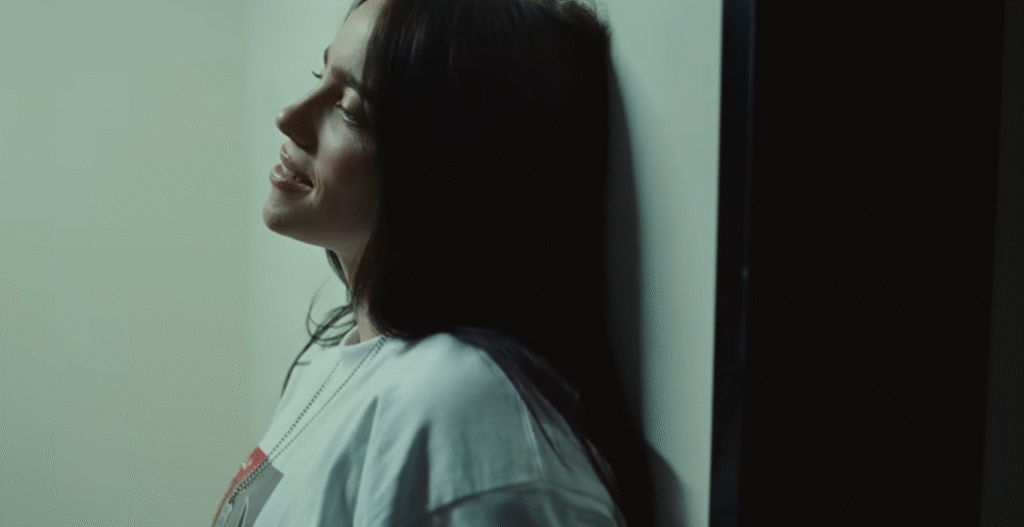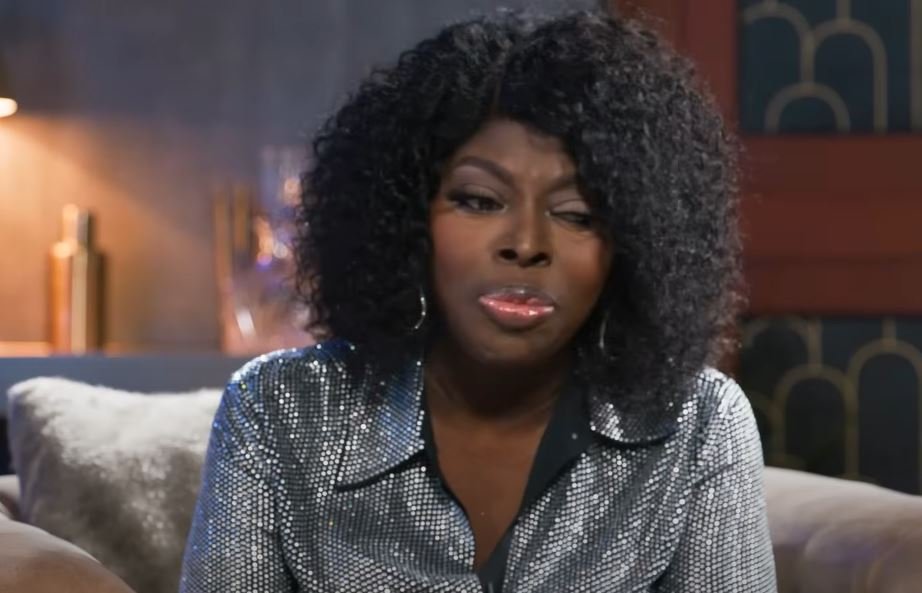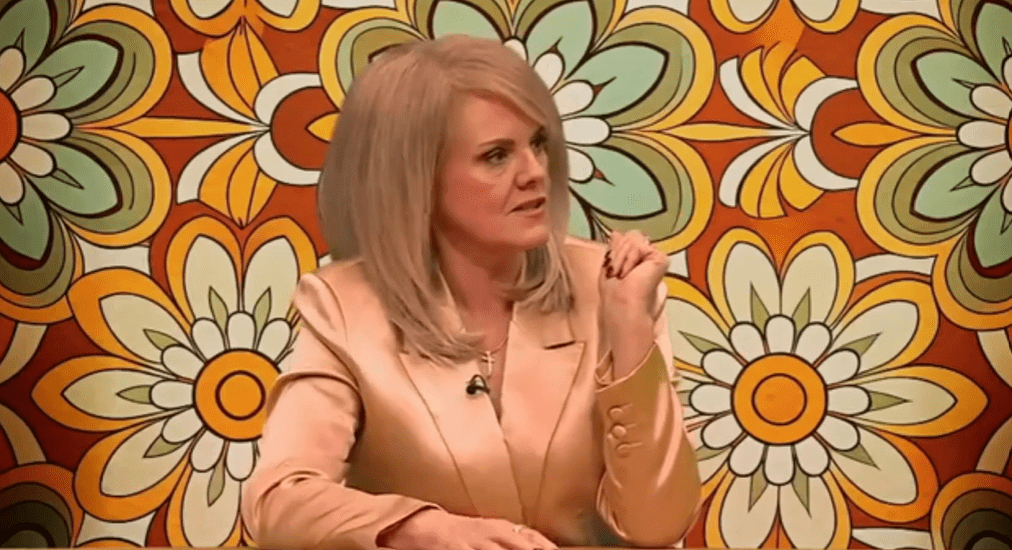For a long time, Billie Eilish has resisted allowing public opinion to define who she is. However, after undergoing a makeover that allegedly resulted in a 40-pound weight loss, her name started to gain popularity due to both her music and her revitalized look. The change was gradual but steady, driven by an inner desire to feel stronger and healthier in her own skin rather than by outside pressure. The modifications weren’t drastic or hasty. Rather, they were extraordinarily successful, based on self-control, patience, and a reimagined connection to food, fitness, and celebrity.
By following a customized regimen based on regular exercise, wholesome meals, and a strong emphasis on balance, Billie adopted a way of life that was extremely effective for her body and mind. She wasn’t trying to find a number. She was seeking balance between the demands of her career, her growing self-assurance, and the physical endurance needed for rigorous touring. Her transition was more about increasing her ability to live completely on her terms than it was about shrinking to fit a mold.
Billie Eilish – Personal and Professional Profile
| Attribute | Details |
|---|---|
| Full Name | Billie Eilish Pirate Baird O’Connell |
| Date of Birth | December 18, 2001 |
| Place of Birth | Los Angeles, California, USA |
| Nationality | American |
| Height | 5 ft 3 in (1.61 m) |
| Estimated Weight (2025) | ~100 lbs (after ~40 lb loss from ~140 lbs) |
| Known For | Singer-songwriter, Grammy & Oscar winner |
| Genre | Pop, Electropop, Alternative |
| Diet | Plant-based, nutrient-focused |
| Fitness Approach | Strength training, HIIT, Dance-based movement |
| Family | Maggie Baird (mother), Patrick O’Connell (father), Finneas (brother) |
| Reference | https://www.pinkvilla.com/health/weight-loss/billie-eilish-weight-loss-1336576 |
Rather than turning to strict diets or forceful programs, Billy accomplished something especially admirable by progressively changing her lifestyle: sustainability. She started eating more purposefully, focusing on whole plant-based foods and carefully regulating her portion sizes. She started fueling instead of dieting. That change in perspective, particularly in an image-driven industry, represented empowerment gained, which was far more significant than pounds lost.
She applied the same concentration to her exercise regimen, which changed under expert supervision. Every movement was chosen with a purpose, whether it was dance-based cardio that matched her on-stage demands or strength training to increase muscle endurance. She has openly discussed becoming a “gym rat” in interviews, which is a surprisingly loving self-description. For someone who used to feel uneasy about her body, this identity represents a significant shift in her current perspective on health.
The way Billie handled her metamorphosis without romanticizing the process is what made her journey so unique. Losing weight was never her brand. For clout, she didn’t share before-and-after pictures. Rather, she let her energy and performances do the talking. Her responses to questions about the change have been remarkably straightforward: she feels better, more stable, and much more in tune with herself.
In many respects, Billie Eilish’s development is remarkably similar to that of other well-known individuals who have faced criticism regarding their bodies—Adele, Lizzo, and Demi Lovato are among them. However, Billie’s refusal to allow outside voices to tell her story is what sets her path apart. She took back her body according to her wishes, not for approval but for practicality. Even though it is subtle, the fans who are watching from the sidelines find great inspiration in that distinction.
Billie wore oversized clothes as armor for years, avoiding criticism by dressing in shapeless silhouettes. She was shielded from early hypersexualization by that very personal choice. However, it also demonstrated how young female artists frequently change to withstand unrelenting criticism. There was no announcement of the change to more form-fitting clothing. “I’m comfortable now, not because I’ve changed for you, but because I’ve grown into myself,” she said, describing it as an evolution.
However, the response was expected. Comments went wild. Opinions were roiling on social media. However, Billie maintained her composure and used the occasion to promote genuineness. She urged both supporters and detractors to “normalize real bodies,” which was especially helpful to her younger audience. Her voice provided a refreshingly human alternative in a time when feeds are dominated by algorithmic beauty.
Her story’s impact is only increased by her candor about her past hardships. Billie’s history is filled with vulnerability, ranging from body shame as a teenager to past attempts at using ineffective pills. She once acknowledged that, at the age of 12, when most children are still learning about nutrition, she had resorted to extreme measures. Her current stability is contextualized by her candor. It’s healing in action, not a vanity project.
Her public appearances in recent days have radiated that equilibrium. Her energy emanates from a place of calm, whether she’s wearing loose athletic attire on Instagram or a structured corset on stage. She is no longer afraid of the camera or hides behind fabric. Rather, she quietly but distinctly leans into her presence.
Through deliberate transformation and selective sharing, Billie has provided something immensely adaptable: a recipe that combines humility and health. It’s not about training or eating like Billie. It all comes down to establishing your own objectives, finding your own rhythm, and paying attention to your own needs. The performative pressure that is frequently associated with weight loss stories in the media has been greatly diminished by that message.
Her decisions seem especially relevant in light of larger celebrity culture. Extreme makeovers and heavily promoted “body journeys” are becoming more and more common on social media, but Billie’s steady, genuine development stands out. Her method serves as a reminder that improving one’s feelings is frequently more fulfilling than improving one’s appearance, and that wellness doesn’t have to be publicized.







